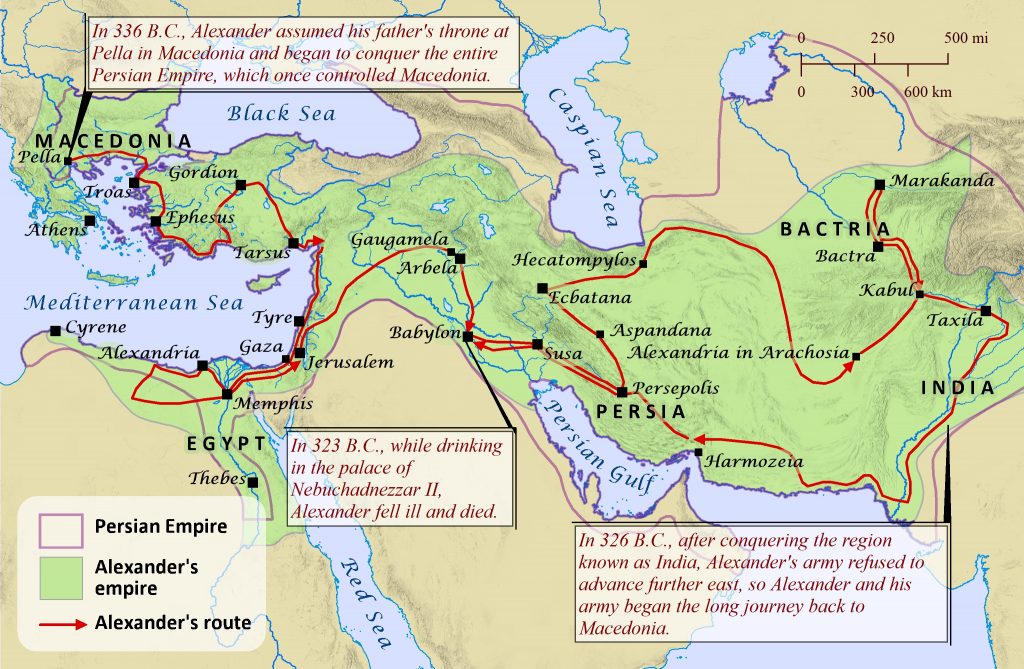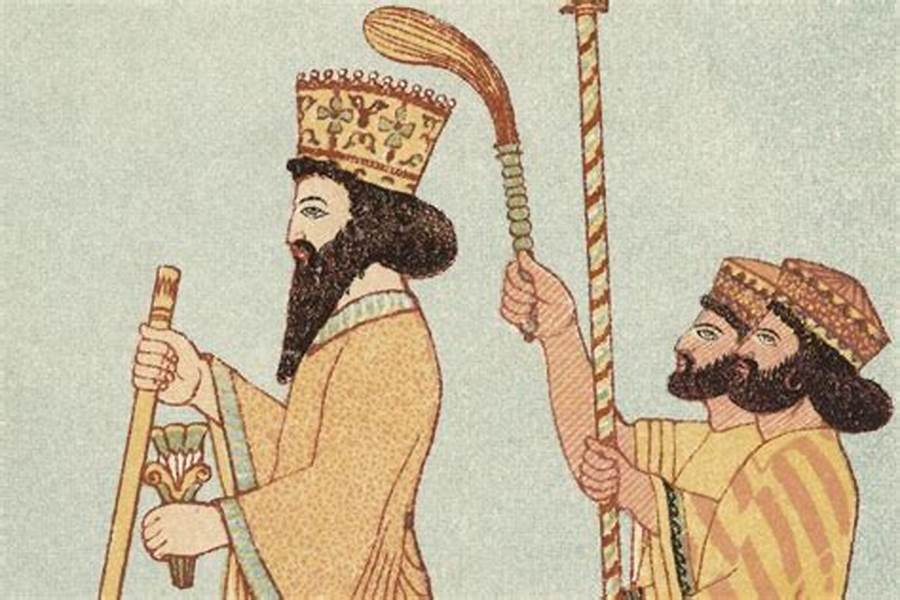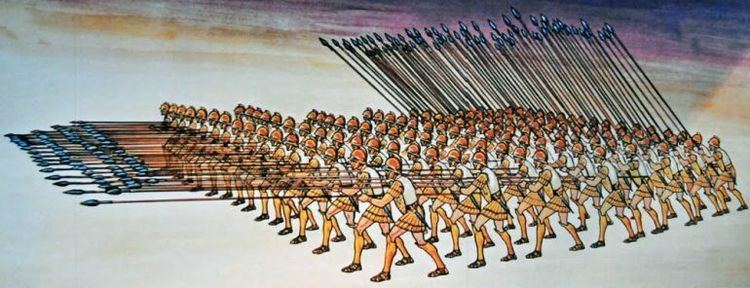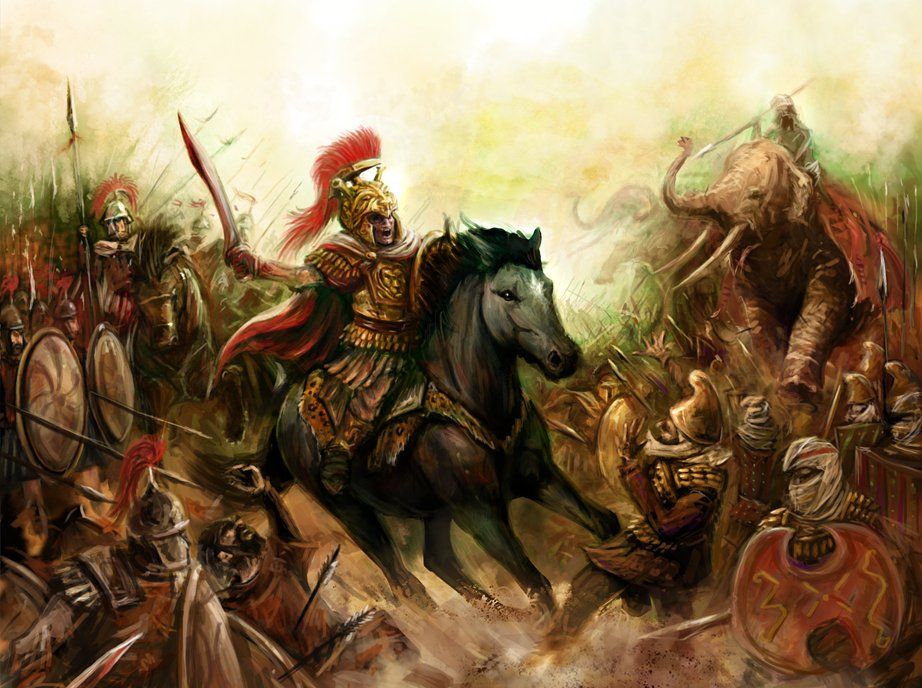In the annals of military history, the Battle of Gaugamela, fought in 331 BCE, stands as a defining example of strategic brilliance. It is a battle not only won through superior tactics but one that reshaped the geopolitical landscape of the ancient world, laying the foundation for the spread of Hellenistic culture and the eventual rise of the Roman Empire. The battle, fought between the forces of Alexander the Great and the Persian Empire under King Darius III, remains a pivotal moment in world history, illustrating the power of decisive leadership and battlefield strategy.

By 331 BCE, Alexander the Great had already secured a vast empire stretching from Greece to Egypt and was consolidating control over Persia, the dominant power of the ancient world. With the fall of key Persian cities and a series of strategic victories in Asia Minor and the Levant, the stage was set for the final confrontation. Darius, determined to protect his empire, gathered one of the largest armies ever assembled—estimated to number over 100,000 men. In contrast, Alexander’s army was significantly smaller, numbering between 30,000 to 40,000 soldiers. However, it was not the size of the armies that would determine the outcome, but Alexander’s tactical genius and his ability to exploit the weaknesses of his opponent.

One of the key elements of Alexander’s strategy was his careful selection of the battlefield. Gaugamela, located in present-day Iraq, was an open plain that would neutralize the Persian advantage in terms of numbers and cavalry. This terrain allowed Alexander to fully leverage the mobility of his forces, particularly his cavalry, which was crucial in his battle plan. The Persian army, which relied heavily on chariots and cavalry, was forced into a disadvantageous position, unable to fully deploy its strengths. By using the terrain to his advantage, Alexander effectively countered the Persian forces, limiting their ability to execute their strategy.
Another crucial aspect of Alexander’s plan was his use of the Macedonian phalanx, a military formation that combined heavy infantry with cavalry support. His forces were arranged in a way that maximized their strengths and ensured that no part of the army was vulnerable. The center of his line was composed of the phalanx, which was supported on the flanks by cavalry. This allowed Alexander to maintain control of the battlefield while his right-wing cavalry, led by himself, executed a decisive charge aimed directly at Darius’s position. The feigned retreat by Alexander, drawing Darius out of position, was a masterstroke in psychological warfare. Darius, believing that Alexander was retreating, made the fatal error of pursuing the retreating forces, opening a gap in his own lines. This allowed Alexander to exploit the weakness in the Persian formation and achieve a crushing victory.


The outcome of the Battle of Gaugamela was nothing short of extraordinary. Alexander’s forces, despite being outnumbered, inflicted significant casualties on the Persians, leading to Darius’s flight from the battlefield and the eventual collapse of the Persian Empire. Within a year of this victory, Alexander would take control of Persia, marking the end of an empire that had dominated the ancient world for centuries. The victory at Gaugamela did not just secure Alexander’s rule; it set in motion a series of events that would lead to the spread of Greek culture across much of Asia and North Africa. This Hellenistic period brought with it a blend of Eastern and Western traditions, influencing art, philosophy, and governance for centuries to come.
Alexander’s victory also demonstrated the power of strategic thinking. His ability to adapt to the circumstances of the battlefield, to understand the psychological elements of warfare, and to exploit his enemy’s weaknesses was a hallmark of his leadership. In a time when brute force was often seen as the determining factor in battle, Alexander’s decision to employ tactics that maximized his strengths and exploited Darius’s vulnerabilities set a new standard in military strategy. His innovative use of terrain, psychological warfare, and tactical flexibility remains studied and revered by military leaders and strategists to this day.
The Battle of Gaugamela also highlights the long-term impact of strategic decisions. While Alexander’s military prowess secured him victories, it was his ability to make choices that would affect not only his own empire but the future of the world that defined his legacy. The Hellenistic world, which emerged from his conquests, laid the groundwork for the later rise of the Roman Empire and the spread of Western civilization. Moreover, his strategy at Gaugamela serves as a reminder of how a single, well-executed decision can alter the course of history.
